Aphrodisiac: Scopolia (Scopolia carniolica)
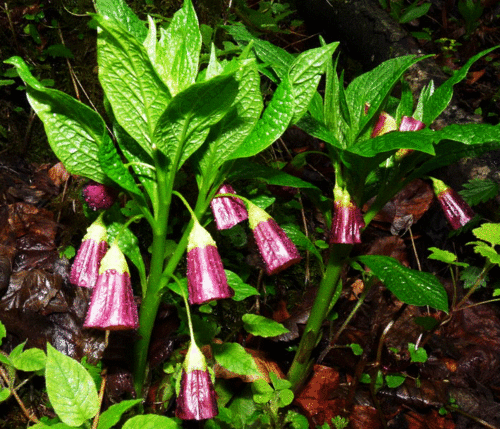
Scopolia (Scopolia carniolica) is a perennial flower with hallucinogenic, toxic, and narcotic qualities. Scopolia, native to Europe can also be found in the wild in the Alps, Carpathian and Caucasus Mountains, Slovenia, Lithuania, Latvia, and the Ukraine.
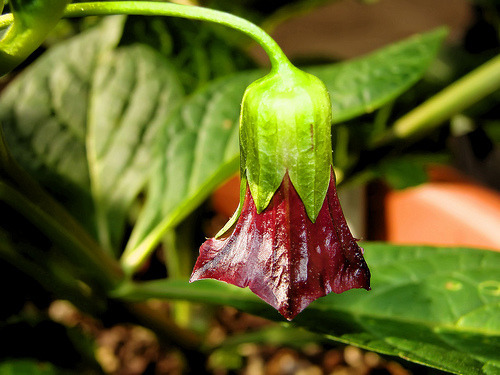
Scopolia flowers from April to June, thriving in sandy, dark, humid forest environments. The root of the flower has been extracted throughout history due to its psychoactive, hypnotic qualities.
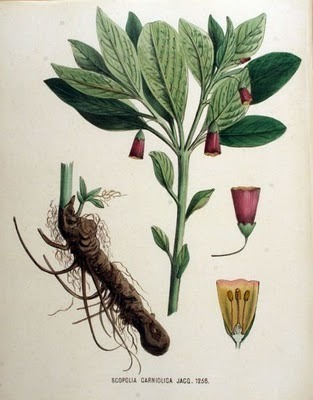
In Eastern Europe, the scopolia was planted in gardens for its medical and aphrodisiac properties. It is claimed that women used the plant to persuade young men to become their lovers. Once powdered, the scopolia acts as a sedative to curb excessive sexual vigor.
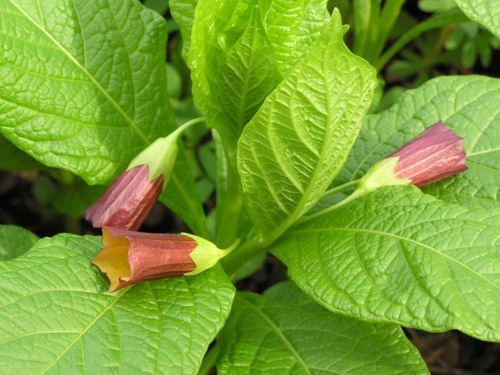
In ancient times, it was a substitute for the highly coveted, magical aphrodisiac, Mandrake. In high doses, scopolia is a poisonous narcotic that produces hallucinations and memory loss. In lower doses, scopolia acts as an anti-spasmodic and anti-nausea remedy.
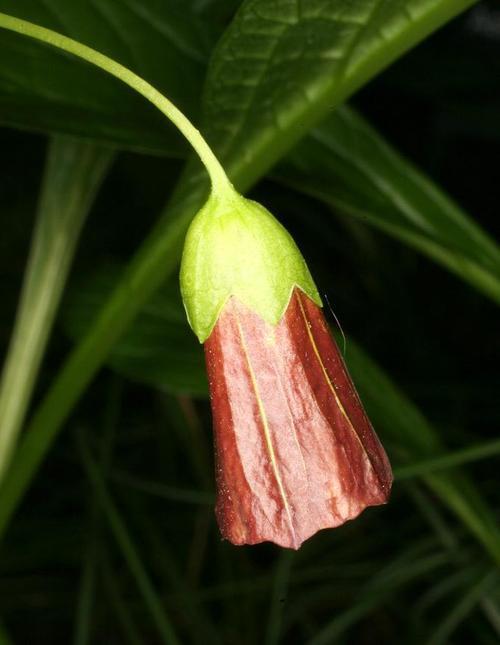
Today, scopolia root is commonly brewed with beer and added to anti-nausea medicines in the pharmaceutical industry.